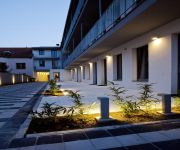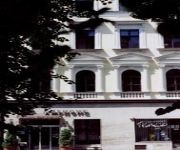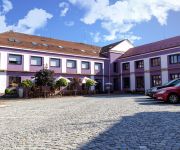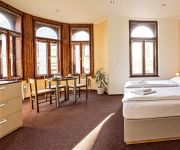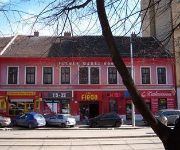Facts and Data
Webpages:
Official Unesco Page
www.tugendhat-villa.cz
Basis Data:
Unesco World heritage since: 2001
Size of heritage: 0.73 ha
- Buffer zone: 2,825 ha
Coordinates:
Longitude: 16,616°
Latitude: 49,207°
Summary
The Tugendhat Villa in Brno, designed by the architect Mies van der Rohe, is an outstanding example of the international style in the modern movement in architecture as it developed in Europe in the 1920s. Its particular value lies in the application of innovative spatial and aesthetic concepts that aim to satisfy new lifestyle needs by taking advantage of the opportunities afforded by modern industrial production.
Location on Map
Show bigger map on Openstreetmap
Introduction
The Tugendhat Villa, located in Brno, Czechia, is a UNESCO World Heritage site renowned for its architectural significance and historical importance. Designed by the German architect Ludwig Mies van der Rohe, this modernist masterpiece stands as a testament to the innovative architectural movement of the early 20th century.
History
The Tugendhat Villa was commissioned by Fritz and Greta Tugendhat, a wealthy couple from Brno, in the late 1920s. They sought a modern and functional home that would reflect their progressive lifestyle. Ludwig Mies van der Rohe, known for his minimalist approach and use of industrial materials, was chosen to design the villa.
Construction of the villa began in 1928 and was completed in 1930. The Tugendhats enjoyed their new home for only a few years before fleeing the country due to the rise of Nazi Germany. The villa changed ownership several times and was used for various purposes, including as a dance school and a rehabilitation center.
Architecture
The Tugendhat Villa is a prime example of the International Style, characterized by its open floor plan, large windows, and integration of interior and exterior spaces. The villa is built on a slope, allowing for stunning views of the surrounding landscape.
The main living area, located on the ground floor, features a spacious open-plan design with minimal partitions. The use of glass walls and steel frames creates a seamless connection between the interior and the garden, blurring the boundaries between inside and outside.
The villa also incorporates innovative technological features for its time, such as underfloor heating, built-in furniture, and a unique onyx wall that can be illuminated from behind, creating a mesmerizing effect.
Current State
After years of neglect and deterioration, the Tugendhat Villa underwent an extensive restoration process in the late 20th century. The restoration aimed to bring the villa back to its original state, preserving its architectural integrity and historical significance.
Today, the Tugendhat Villa serves as a museum and cultural center, allowing visitors to experience the architectural brilliance of Mies van der Rohe. Guided tours provide insights into the history, design, and significance of the villa, offering a glimpse into the lifestyle of its former owners.
The villa's interior has been meticulously restored, showcasing the original furniture and fittings, including iconic pieces designed by Mies van der Rohe himself. The garden, with its geometric layout and carefully selected plantings, has also been restored to its original design.
The Tugendhat Villa continues to attract architecture enthusiasts, historians, and art lovers from around the world. Its inclusion on the UNESCO World Heritage list ensures its preservation for future generations, allowing them to appreciate the architectural brilliance and historical importance of this iconic site.
Conclusion
The Tugendhat Villa in Brno, Czechia, stands as a testament to the innovative architectural movement of the early 20th century. Its modernist design, integration of interior and exterior spaces, and technological advancements make it a significant UNESCO World Heritage site. Through careful restoration, the villa now serves as a museum, allowing visitors to experience the architectural brilliance of Ludwig Mies van der Rohe and gain insights into the history and lifestyle of its former owners.
Hotels and places to stay
Arte
Old Town
Bobycentrum
Avanti
Continental
Amphone
U Heligonky
Penzion Dvořákova
Hotel Slavia
Hostel Fleda
Videos from the area
Videos provided by Youtube are under the copyright of their owners.


